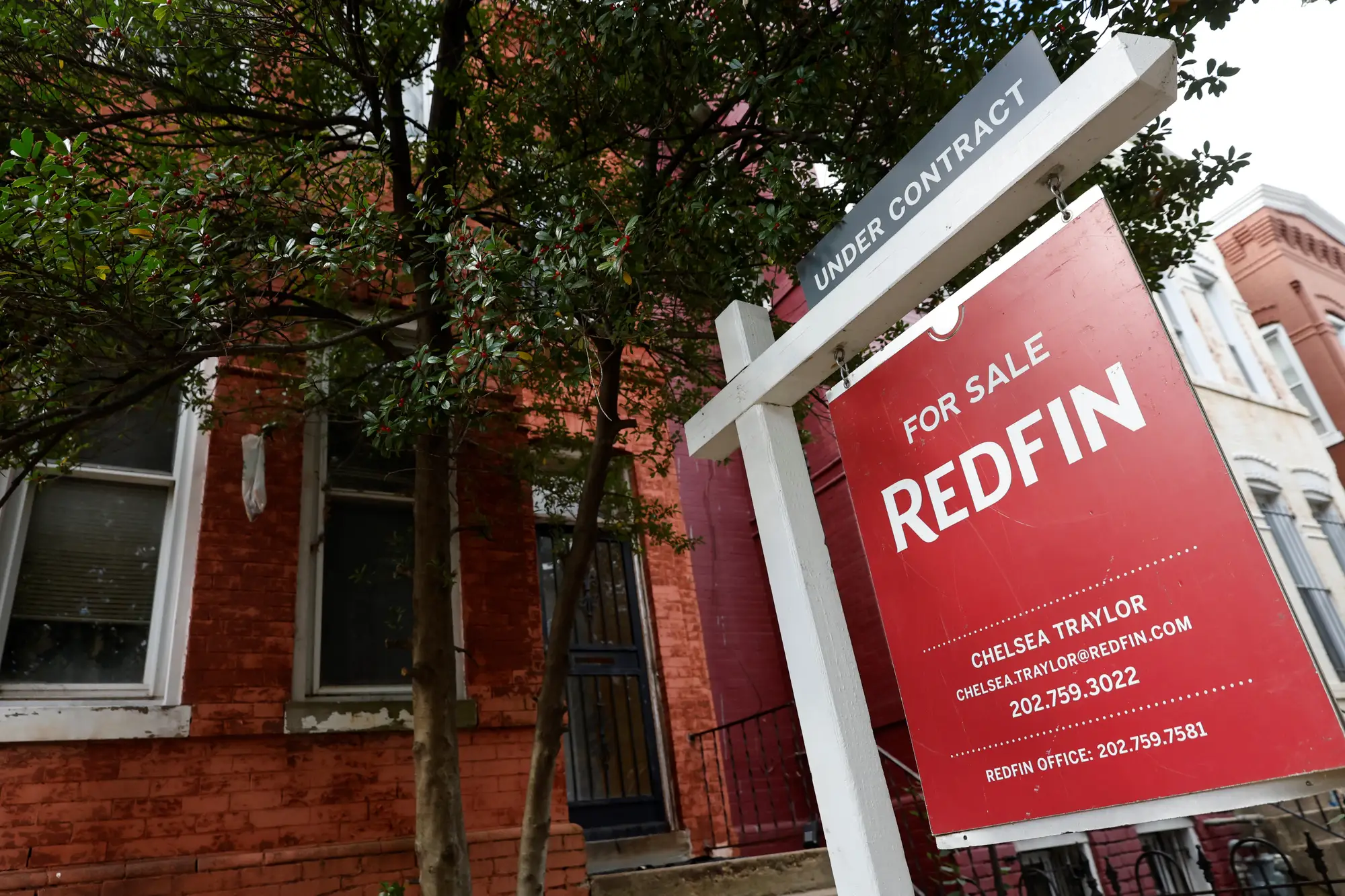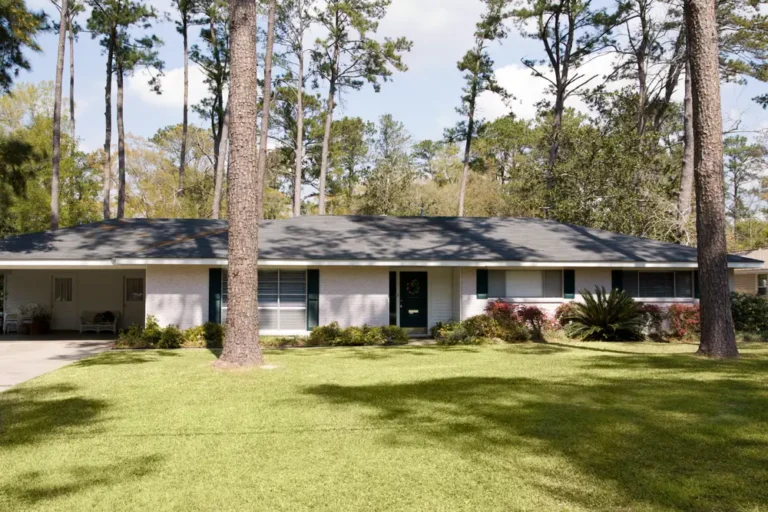Monthly housing costs have almost doubled in swing states since the last election

Data from Redfin shows the median monthly housing payment in swing states has risen to a record high of $2,161.
The monthly costs faced by home buyers in the states likely to decide this year’s presidential election have nearly doubled since 2020, according to data from Redfin.
The median monthly housing payment in swing states has nearly doubled in the last four years, rising 92% to reach a record high of $2,161.
Those stats are part of Redfin’s latest analysis, which examines housing market and income data in red and blue states as well as swing states like Arizona, Nevada, Wisconsin, Michigan, Pennsylvania, Georgia, and North Carolina.
In these states, people earning the median swing-state income of $79,155 could afford roughly two-thirds (65.5%) of homes for sale in 2020.
Buyers can now afford just a third (35.1%) of homes on the market, with the median home sale price up almost 40% since 2020. Red and blue states have seen similar trends.
The higher costs mean prospective owners in swing states now have to spend a far greater share of their income on housing. In 2020, a household earning the median swing-state income would spend 21.8% of their earnings on the typical income. Now, it would have to spend 32.8%, the report finds.
The housing affordability crisis doesn’t seem to be letting up anytime soon. The issue is especially important to young voters, who are most impacted by high housing costs as they look to shift from renting to owning a home.
Current homeowners, on the other hand, have enjoyed a steady rise in their home values since the pandemic, and swing states tend to have high homeownership rates.
“Typical swing voters are young families living in the suburbs,” says Chen Zhao, Redfin economics research team lead. “They may be stuck in a starter home, locked into a low mortgage rate, but in general I think most homeowners are sitting pretty.”
President Biden and Donald Trump have divergent views on how to tackle the affordability crisis.
Biden released a plan to lower housing costs in March, which included building over 2 million new homes and he has leaned toward federal housing policies to address rising costs.
While president, Trump proposed cuts to federal housing assistance but encouraged zoning reform at the state and local level. His campaign has suggested it will relieve housing costs by cracking down on both inflation and immigration. The GOP’s 2024 platform, released earlier this month, says it also plans to open some Federal lands to new construction, introduce tax incentives to promote homeownership, and loosen regulations that raise housing costs.
Redfin’s chief economist, Daryl Fairweather, says voters may remain conflicted about which candidate can effectively relieve the pressure on the housing market.
“The current state of the housing market can be seen as a point against Biden, but some voters will also fear Trump making the situation worse with his own economic policies, or lack thereof. It comes down to whether people are more afraid of what Trump could do, or whether they blame Biden more for the current state of affairs,” Fairweather says.






